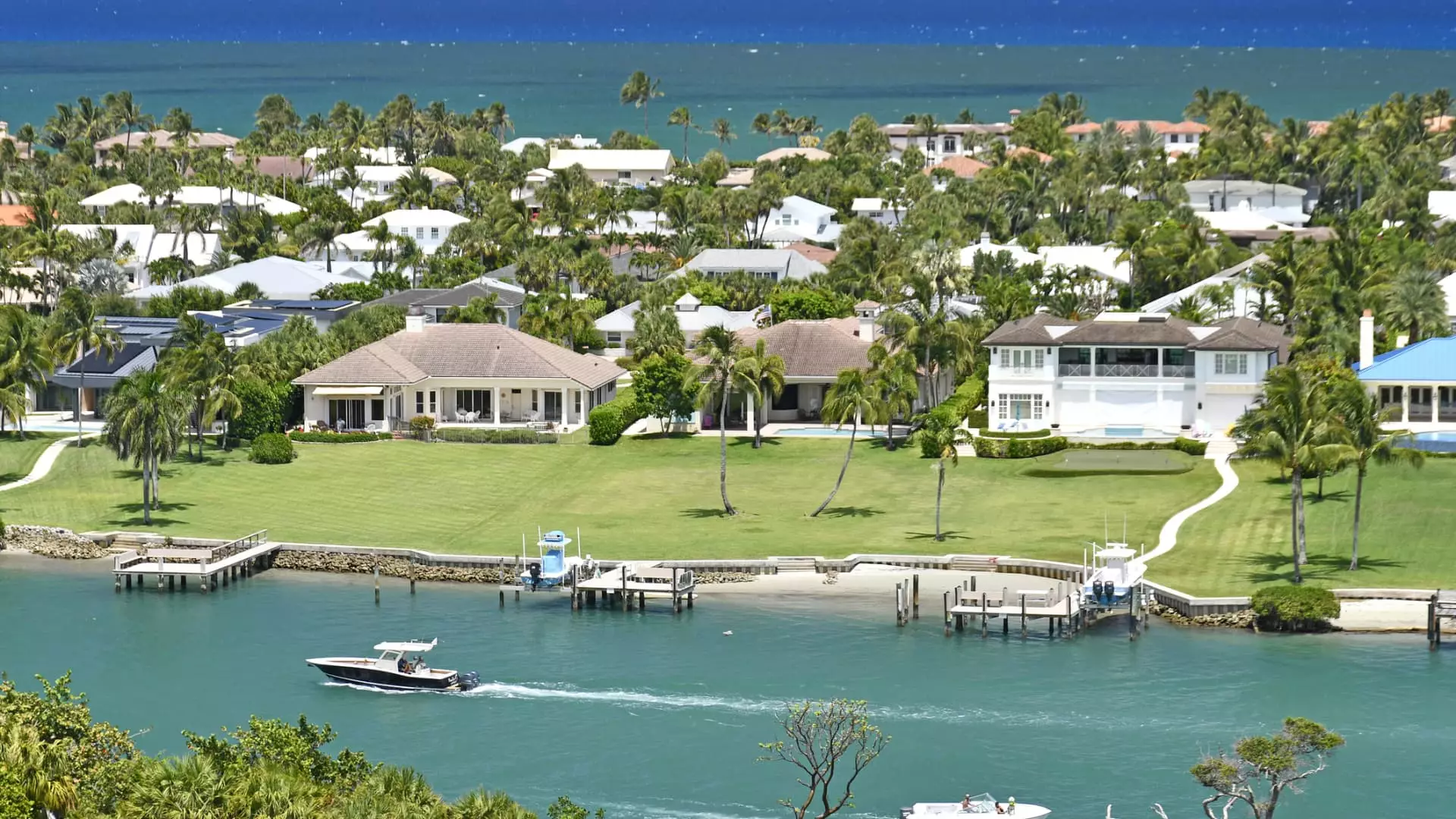The luxury real estate market is often viewed as an insulated sanctuary, a fortress of wealth impervious to economic turbulence. Yet, recent data suggests this fortress is revealing cracks, splitting potential buyers into starkly different camps. On one hand, ultra-rich individuals with fortunes exceeding $30 million continue to snap up high-end properties with almost aggressive boldness, leveraging their significant cash reserves to sidestep the increasingly prohibitive costs of borrowing. On the other hand, the merely affluent are retreating cautiously, constrained by soaring interest rates and economic uncertainty. This bifurcation in buyer behavior exposes uncomfortable truths about wealth disparity and the broader economic environment.
The Power—and Perils—of Paying Cash
Cash purchases aren’t new, but their rising prominence in 2025 luxury transactions is noteworthy. According to brokerage Coldwell Banker, a majority of agents report an uptick in all-cash offers, a trend driven sharply by the desire to avoid high interest rates. Jason Waugh, president of Coldwell Banker Affiliates, points to cash as a source of “control, leverage, speed and security.” On the surface, this paints a picture of power and opportunity. However, it also starkly illustrates a growing chasm—those who can afford to bypass financing pressures gain an overwhelming advantage, deepening inequality within the “luxury” segment itself. The ultra-wealthy move quickly, while others hem and haw, often priced out or sidelined by the cost of credit.
Luxury Real Estate as a Beacon of Stability—and Illusion?
The allure of real estate as a hedge against inflation and market volatility continues to hold, especially for the wealthy. Waugh highlights that over two-thirds of agents notice their affluent clients maintaining or even increasing real estate holdings. This is no surprise given real estate’s tangible nature—a ‘hard asset’ that seemingly promises preservation of wealth when stock markets falter. Yet, this narrative glosses over the nuanced reality. Real estate, particularly luxury housing, is not immune to cyclical shifts. The May 2025 slump—with single-family home sales falling nearly 5% and attached properties dipping more dramatically—cautions against complacency. Market confidence can evaporate quickly, and those who overextend themselves risk fallout.
The Sophistication and Frugality of Today’s Luxury Buyer
The era of buying luxury properties based solely on status appears to be waning. Buyers today, including first-time luxury purchasers, are demanding more than mere ostentation. They want smart, high-end amenities—eco-conscious appliances, indoor-outdoor flow, wellness-centric features like spa rooms, and sophisticated technologies. This signals a significant shift toward discerning consumption, marrying lifestyle expectations with practical luxury. Yet, it also suggests market saturation and a tougher sell for sellers who may need to lower asking prices or offer sophisticated upgrades to attract a new generation of buyers.
The Bigger Picture: Wealth Concentration and Economic Volatility
Beneath the surface of these sales figures and agent reports lies a harsher reality about wealth concentration. While billionaire buyers use their liquidity to capitalize on uncertain times, many other affluent individuals—despite their high net worth—feel the sting of tightening credit and market anxiety. This split not only shapes the luxury property landscape but serves as a microcosm of broader economic fissures in the post-pandemic world: a rising class of ultra-wealthy insulated from volatility, contrasted against a fragile upper-middle class still feeling economic tremors.
From a centrist liberal perspective, this sector epitomizes both capitalism’s dynamism and its troubling inequalities. The luxury real estate market’s divisions underscore the critical need for policies and financial products that democratize wealth-building opportunities rather than deepen exclusivity. Instead of allowing the ultra-wealthy to dominate inflows into “safe” assets, measures fostering broader access to capital—perhaps through reforming interest rate structures or incentivizing equitable investments—must be prioritized. Otherwise, the luxury market will not only reflect but amplify the wealth gap that threatens social cohesion and economic mobility.
This market is not just about real estate—it’s a barometer for how we value stability, opportunity, and fairness in today’s economy. Ignoring these fault lines risks entrenching inequalities disguised beneath the veneer of luxury.


Leave a Reply